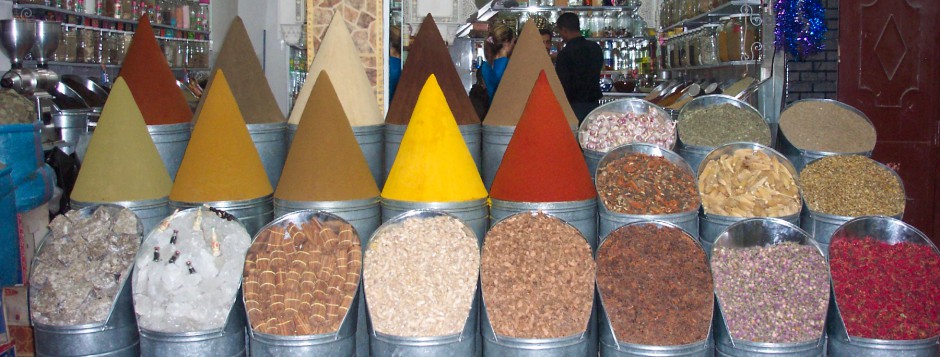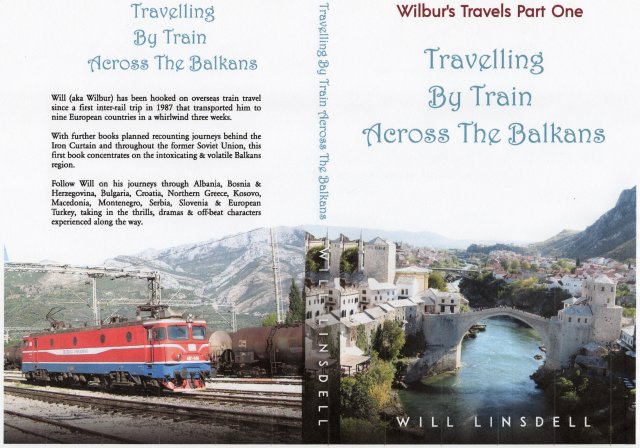Champagne For Everyone
There is more to the region than bubbly, with great cities built up on the wealth of the world’s favourite celebratory drink.
The champers capital Reims, it’s smaller cousin Épernay and nearby Troyes are all must sees, as are the Champagne routes with their beguiling scenery, interesting villages and of course their mega rich chateaus.
Reims is the daddy of the region and with it also being only an hour by TGV from Paris, it is best leaving until last and building up to.
Troyes is perhaps the least well known of Champagne’s cities due to it not being so synonymous with the production of fizz. However its wealth is there for all to see borne from the textile trade rather than drink.
About 90 minutes by train from Paris, the Renaissance cobbled city is beautiful with an impressive cathedral (aren’t they all?), more striking half-timbered houses, several ornate palaces, a architecturally splendid Hôtel de Ville and some mighty fine churches.
For the shoppers amongst you, Troyes is also home to France’s largest factory outlet complex where you can bag designer bargains galore.
Next up Épernay, home to many of the famous Champagne Houses and one of the main gateways to the Champagne Route.
Mrs Wilbur and I visited in June 2014 and here is our account……
The first difficult decision to make was which of the twenty plus Champagne Houses on Avenue de Champagne to visit.
Despite the obvious allure of Moët & Chandon, we had plumped for the Mercier tour, where we were to learn that the bubbly created there is France’s favourite, with only 10% of production exported.
First we strolled around the delightful gardens at the bottom of the boulevard before strolling to our champers tour.
The tour started with an explanation of the absolutely huge barrel that dominated the reception area. It had been built for the Great Exhibition in Paris in 1889. Stats were recounted – lots of wood, lots of craftsmanship and lots of money. Quite a feat to get the giant structure from Épernay to the capital.
It seemed Monsieur Mercier was a bit of a showman and the exhibition was to put his champagne firmly on the drinks menu throughout France.
We were then led into a special lift. The rear was made of glass and a sound, film and light show told the Mercier story as we floated down into the depths of the limestone cellars.
This was followed by the tour itself as we sat in a train steered by infrared lights that bounced off the walls, barrels and thousands of bottles in situ.
We traversed the web of tunnels and learned all there is to know about the bubbly liquid, most of which I instantly forgot.
After thirty-minutes, we rose back up in a bog-standard lift to the bar area, cleverly positioned next to the shop.
Light headed tourers that had taken advantage of the bubbly included in the tour price, shopped with their guard down and like us bought far more booze than it was easy to carry!
The other day of our short stay was ear-marked for one of the two main Champagne Routes,Vallée de la Marne.
It would be a fair reflection to say that our first port of call named Hautvillers was shut for the day!
The village was described as one of the region’s prettiest. Indeed it was, but it was also pretty much asleep.
The general store, cafe, restaurant, art gallery, tourist office, wine shop and gift shop all had closed signs emblazoned across their entrances.
No leisurely lunch to be had here as planned, but happily God’s House (Église Abbatiale) was open for our delectation, I mean contemplation.
Hautvillers is generally accepted as the place where Benedictine monk Dom Perignon created champagne and we were able to go in and see Dom’s final resting place in the church, signalled by a plaque extolling his God given deeds in finding the secrets of the fizz that had brought vast wealth to the region.
Only the bubbly produced in the designated region could be called Champagne, the other pretenders being mere sparkling wine and no comparison to the REAL stuff.
This had the result of pushing up the value of the vineyards in the official area, illustrated by the battle to achieve ‘champagne status,’ as the Champagne governor’s have decided to expand the official area by 2017 to accommodate growing world demand.
Unbelievably, this will see the lucky landowners that are selected as meeting the required standards see their land value rise as much as 30,000% to €1 million per hectare!
Can you imagine the corruption and arguing that must be going on? Age-old friendships will be severely tested if one neighbour is successful whilst another is not.
Thankfully the next village had a shop selling tasty cheese baguettes, great value too. Brie and grape somehow tasted even better in the Champagne air.
We spent the afternoon driving around the small roads that crisscrossed amongst the vines. The wealth was there for all to see, magnificent maisons, well-tended gardens and acres and acres of vines.
The red roses dotted about the viticultural fields made lovely contrasts against the prevailing green, like baubles on a Christmas tree.
As before, the haves were over-seeing the have-nots working their sweaty butts off in the fields. I imagined it had been all DIY for their forefathers.

We stopped at a couple of champagne producers on our rounds, but decided against any purchases, availing ourselves with some free tasting only.
Apart from that we just drove about enjoying the views, also having three short stops, one by the green-tinted River Marne, secondly in a village called Châtillon-sur-Marne for some refreshment plus a climb up the hill to see the twenty-five metre high statue of Pope Urban II, and finally to see a wartime graveyard with casualties from the Battle of the Marne.
There are four other main Champagne Routes, which we will be saving for another day. Each has charming villages and stunning countryside and of course plenty of bubbles!
The others are the Massif de St-Thierry route, which takes you on a circular tour to the north west of Reims, through villages lying deep amid the vines and dense forests. This route also takes you past some fine mediaeval churches, such as that of Cauroy-lès-Hermonville.
The Montagne de Reims route travels along the tranquil hillsides between Reims and Épernay, through one of the richest wine growing areas in France. You can explore small, unspoiled villages with such delightful names as Bouzy (famous for its red wine) and Dizy.
The Côte des Blancs route stretches south from Épernay. This is the home of the white Chardonnay grape which gives elegance and finesse to champagne. The vineyard route passes through Oger, classified as one of the “most beautiful villages of France”.
Finally the Côte des Bar route lies to the east of Troyes and is an attractive area of vineyards, fields and forests.
Some eighty wine growers are affiliated with the Champagne Route. Their cellars are open to the public and can be visited throughout the year. Look out for the sign ‘point d’accueil’ (welcome point), indicating cellars that have been especially chosen for the quality of the visit.
The wine makers will welcome you warmly (allegedly!) to their cellars and talk to you with enthusiasm and pride about the creation of their wines.
Reims is described as a must see and is also one for my ‘to do list.’ It looks to have wonderful buildings, squares, palaces and gates, plus the absolutely wonderful looking Cathedral de Notre Dame de Reims (thanks to Culture France for the picture!)
So there you have a snapshot of the Champagne region, all easily doable by train from many places in Europe, but with car hire a must for the vineyard routes. Celebrations optional!
















